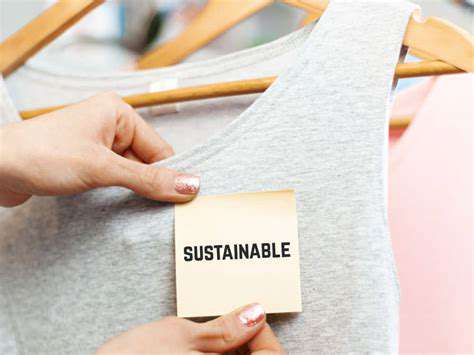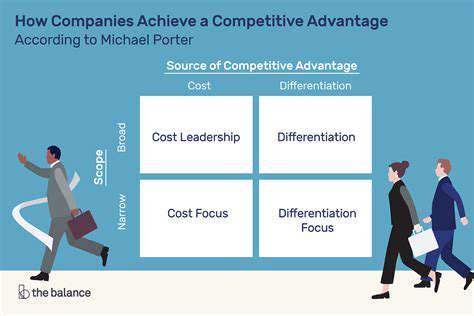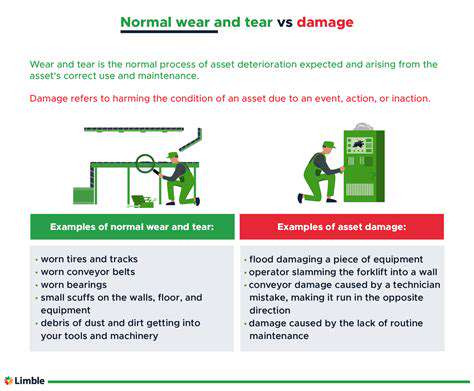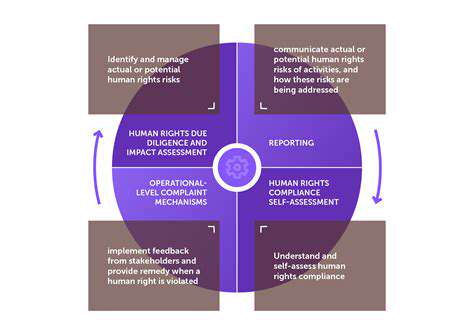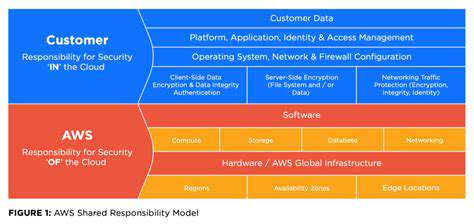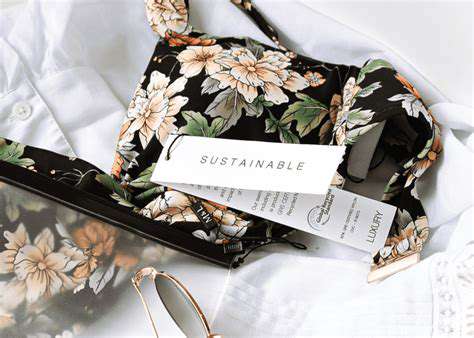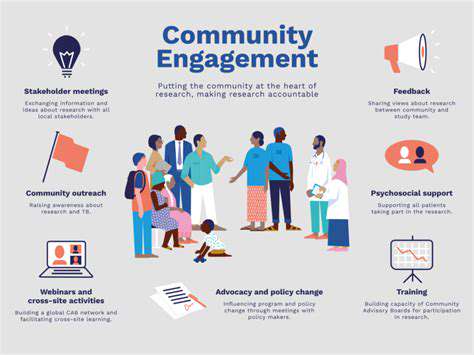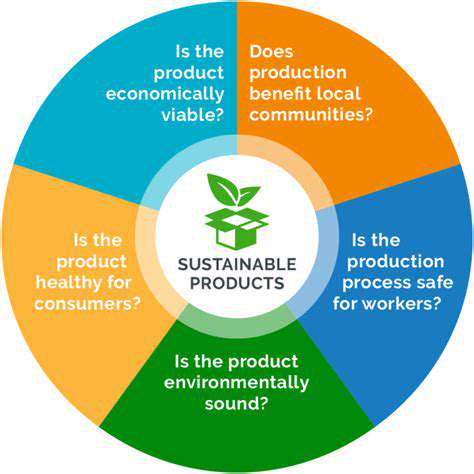The Art of Visible Mending: Adding Character to Your Clothes
Choosing the Right Materials for Your Project
Understanding Your Project Needs
Before jumping into the fascinating world of visible mending, it's essential to grasp the unique demands of your project. This means paying close attention to the material's core qualities—how long it lasts, how flexible it is, and how well it handles wear and tear. A fragile lace fabric calls for a completely different mending strategy compared to a heavy-duty canvas bag, and your technique should mirror these distinctions. Picking the right materials doesn't just make the repair last longer—it also elevates the piece's visual appeal, adding to its personality and charm.
Equally important is knowing how the item will be used and where it'll spend most of its time. A repair for a jacket worn on hiking trips needs to be far tougher than one for a vintage embroidered tablecloth tucked away in a drawer. Exposure to water, sunlight, or constant rubbing will also play a role in deciding which materials work best. Weighing these factors will steer you toward the perfect mending supplies—ones that don’t just patch things up but keep them looking great for years.
Exploring Diverse Material Options
Visible mending opens up a world of creative possibilities, with materials ranging from understated to eye-catching. Whether you opt for delicate embroidery floss, rugged cotton thread, or even scraps from old clothing, the choices are nearly limitless. For lightweight fabrics, fine linen thread works wonders, while sturdier materials like denim might need something thicker, like upholstery thread. Don’t overlook color and texture—these small details can turn a simple fix into a standout feature.
Why stop at thread and fabric? Embellishments like buttons, beads, or even leather accents can take your mending from practical to artistic. The goal isn’t just to cover a tear—it’s to infuse new life into your favorite items, making them uniquely yours. With a little imagination, every repair becomes a chance to showcase your style.
Considering Aesthetic Harmony
Looks matter just as much as function when it comes to mending. Choosing materials that mesh with the original fabric’s color, texture, and design ensures a cohesive result. If the piece is already bold and colorful, a bright patch or contrasting thread might blend right in. For more subdued items, a neutral-toned stitch or discreet weave can keep things elegant. The right choices don’t just hide the repair—they enhance the entire piece.
Feel free to get creative. A well-placed patch can add flair, while an intricate stitch pattern might become the focal point. Your mending decisions reflect your personal taste, turning each project into a miniature work of art.
Considering Durability and Longevity
A repair is only as good as the materials holding it together. Think about how much abuse the item will take—a backpack strap needs reinforcements that a silk scarf simply doesn’t. Opt for fade-resistant, strong materials if the piece will face sunlight or heavy use. Even environmental factors like humidity or frequent washing should influence your choices.
By matching your materials to the item’s needs, you’re not just fixing a problem—you’re ensuring it stays fixed. High-quality supplies might cost a bit more upfront, but they pay off in the long run by keeping your creations intact and looking their best.
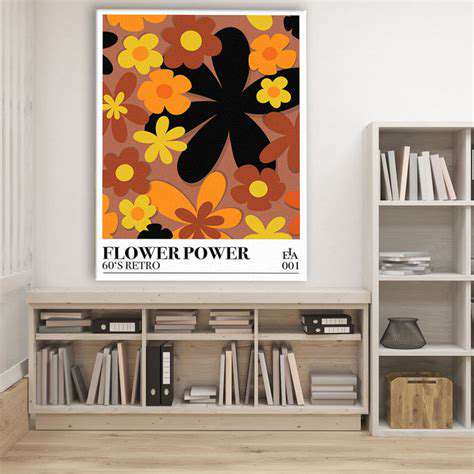
The Environmental and Ethical Benefits of Visible Mending
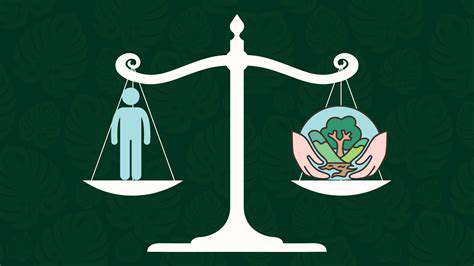
Sustainable Practices in Agriculture
Farming sustainably is key to reducing food production’s environmental toll. By cutting back on pesticides and synthetic fertilizers, these methods protect ecosystems and conserve water. Techniques like drip irrigation minimize waste, while healthier soil leads to more resilient crops. It’s a win for both the planet and future food supplies.
Integrated pest management (IPM) is a prime example. Combining natural predators, crop rotation, and minimal chemical use, IPM slashes reliance on harmful sprays. This approach safeguards biodiversity and keeps soil and water clean. Sustainable farming isn’t just about today—it’s about preserving resources for generations to come.
Ethical Considerations in Food Production
Ethics in food goes beyond the environment—it’s about fairness at every step. Animals deserve humane treatment, with space to move, proper food, and protection from illness. Ethical farms prioritize their well-being, acknowledging their role in our food system.
Workers’ rights matter just as much. Fair pay, safe conditions, and the freedom to unionize are non-negotiable. When the food chain treats people right, everyone benefits—from field laborers to grocery shoppers. Transparency is crucial, too; knowing where your food comes from lets you support producers who share your values.
Animal Welfare and Food Security
Caring for animals and feeding the world aren’t at odds—they’re connected. Healthier livestock means better yields and fewer antibiotics, reducing risks to humans. Ethical farming also builds resilience against climate shocks, ensuring stable food supplies even in tough times.
Responsible farming creates a balanced system where people, animals, and the planet thrive together. From pasture to plate, every choice shapes a more sustainable and compassionate future.
